- The patient, a child, presented with acute gastroenteritis characterized by vomiting, watery and foul-smelling diarrhea, and fever for 2 days. Laboratory investigations revealed dehydration as evidenced by elevated blood urea nitrogen and creatinine, hypokalemia, and metabolic acidosis. The child was treated supportively with intravenous fluids and electrolyte replacement. Serial monitoring showed improvement in dehydration parameters and normalization of electrolytes over the course of treatment.










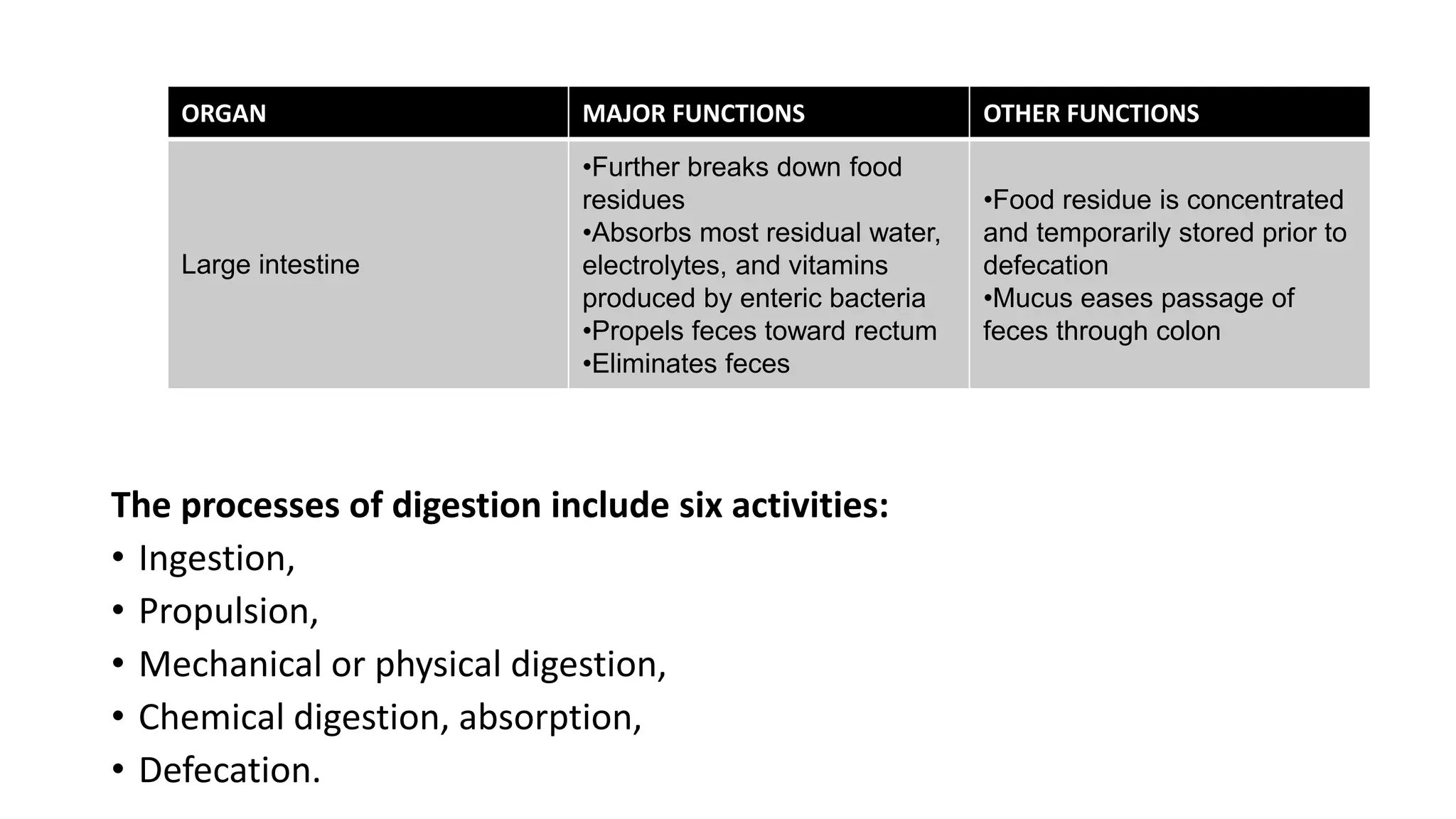
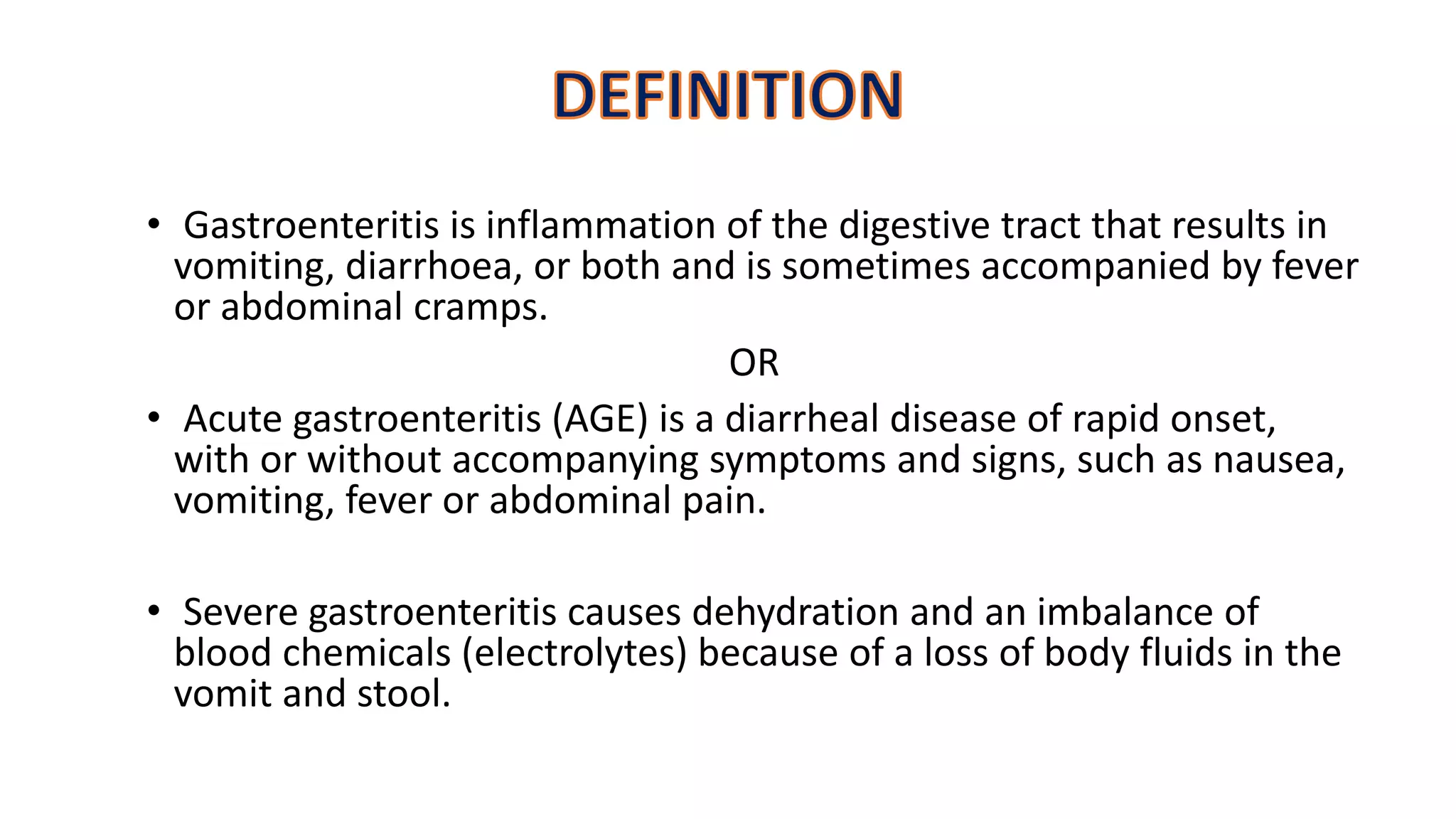

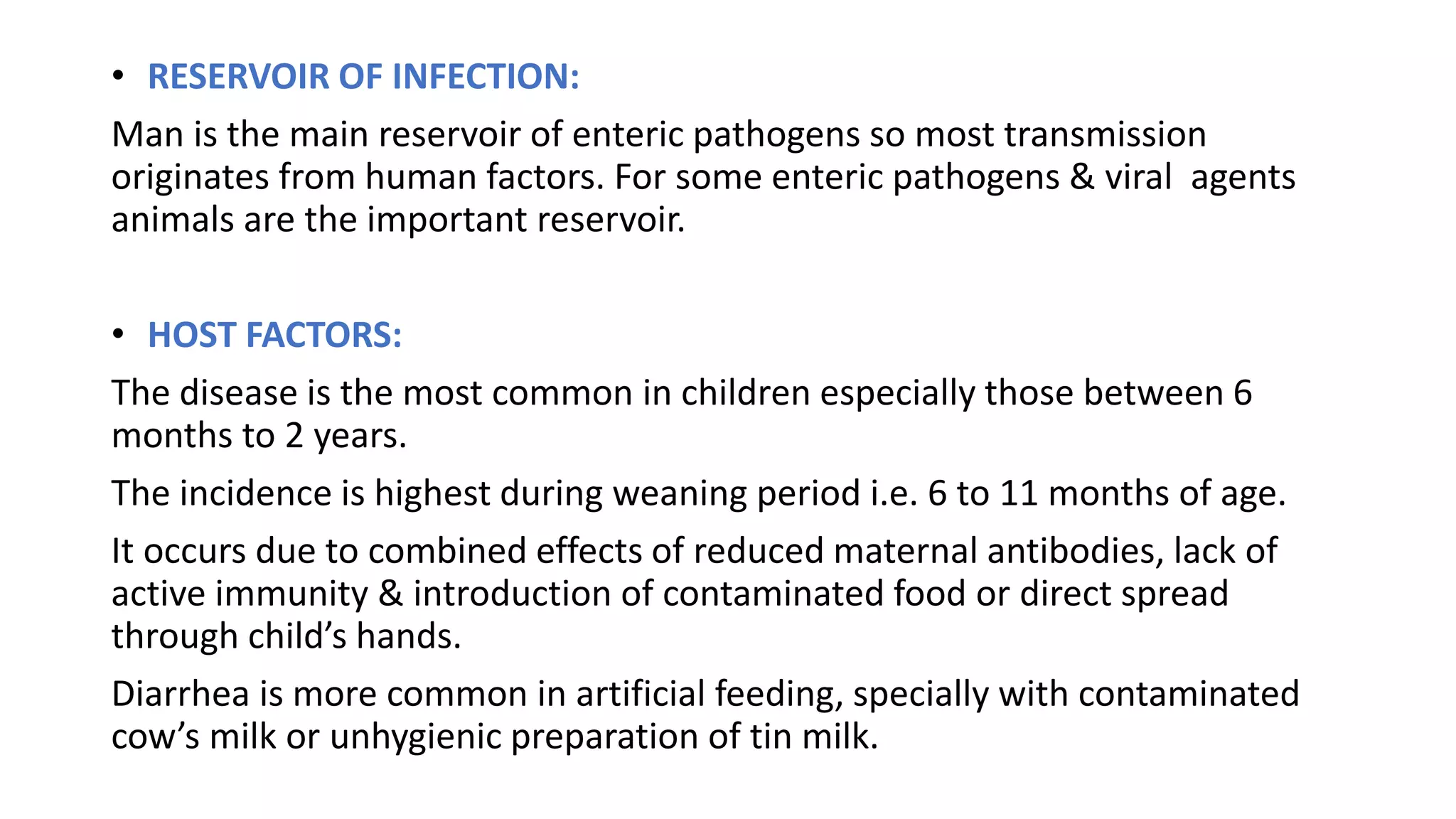








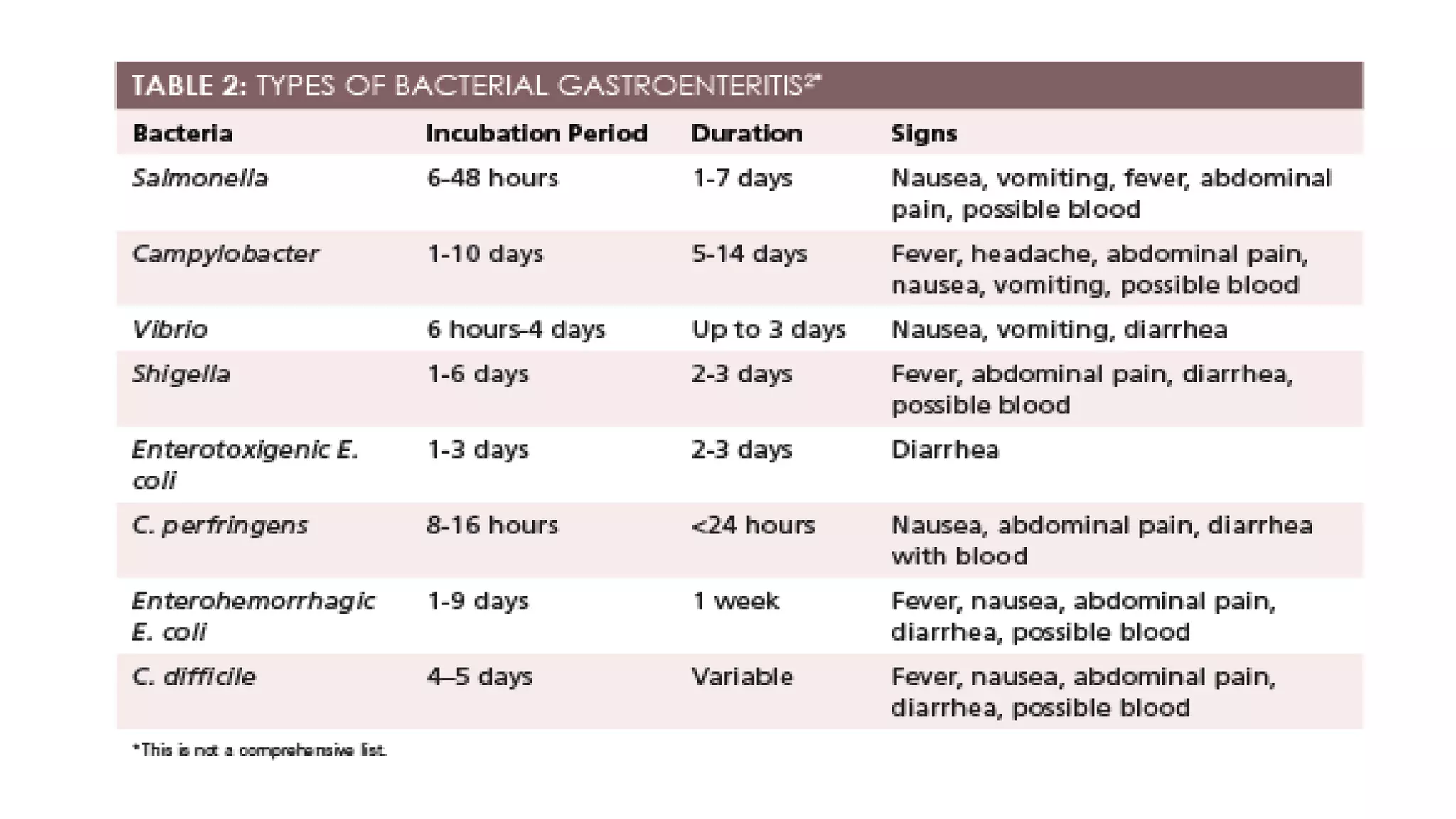


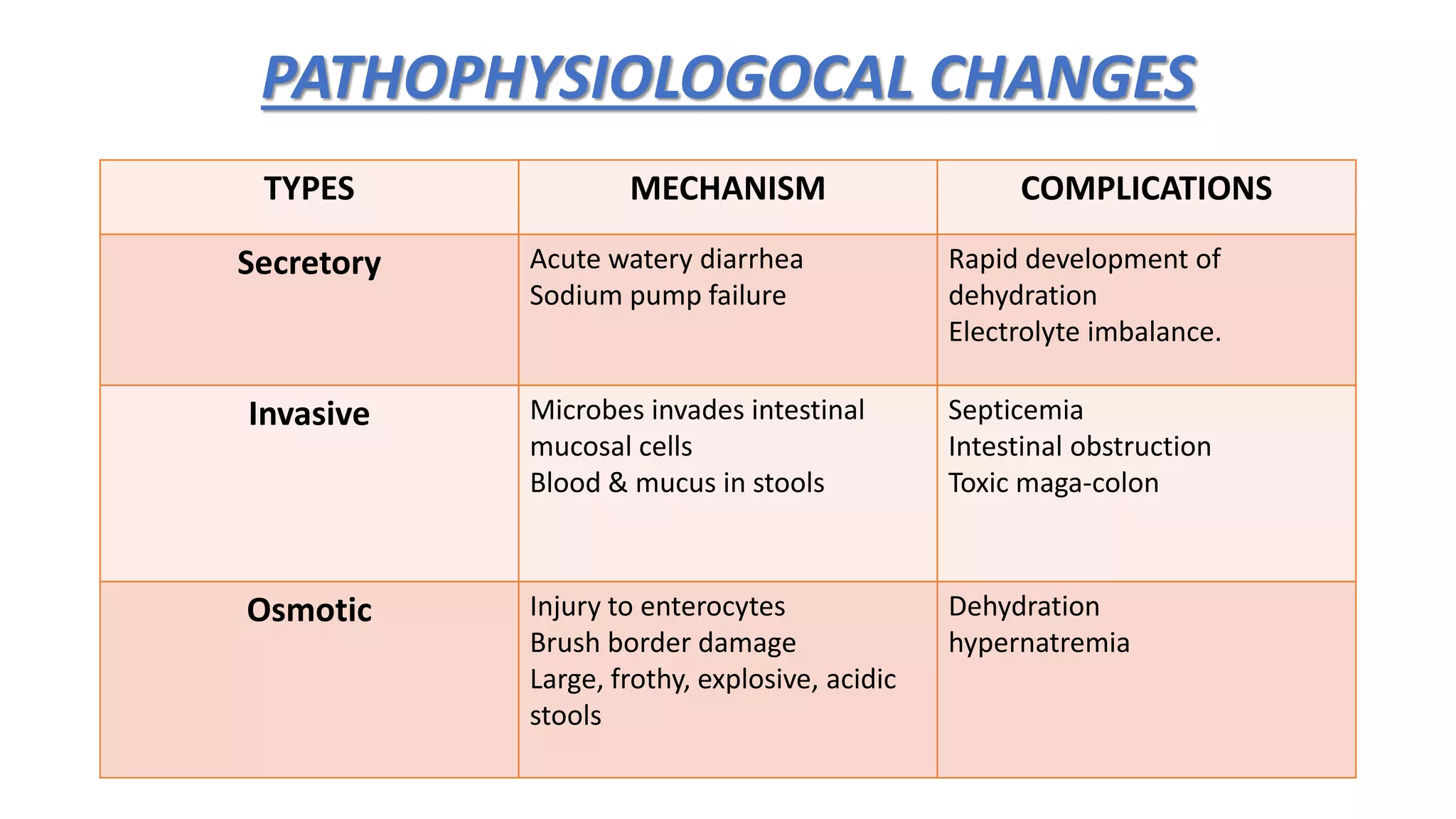
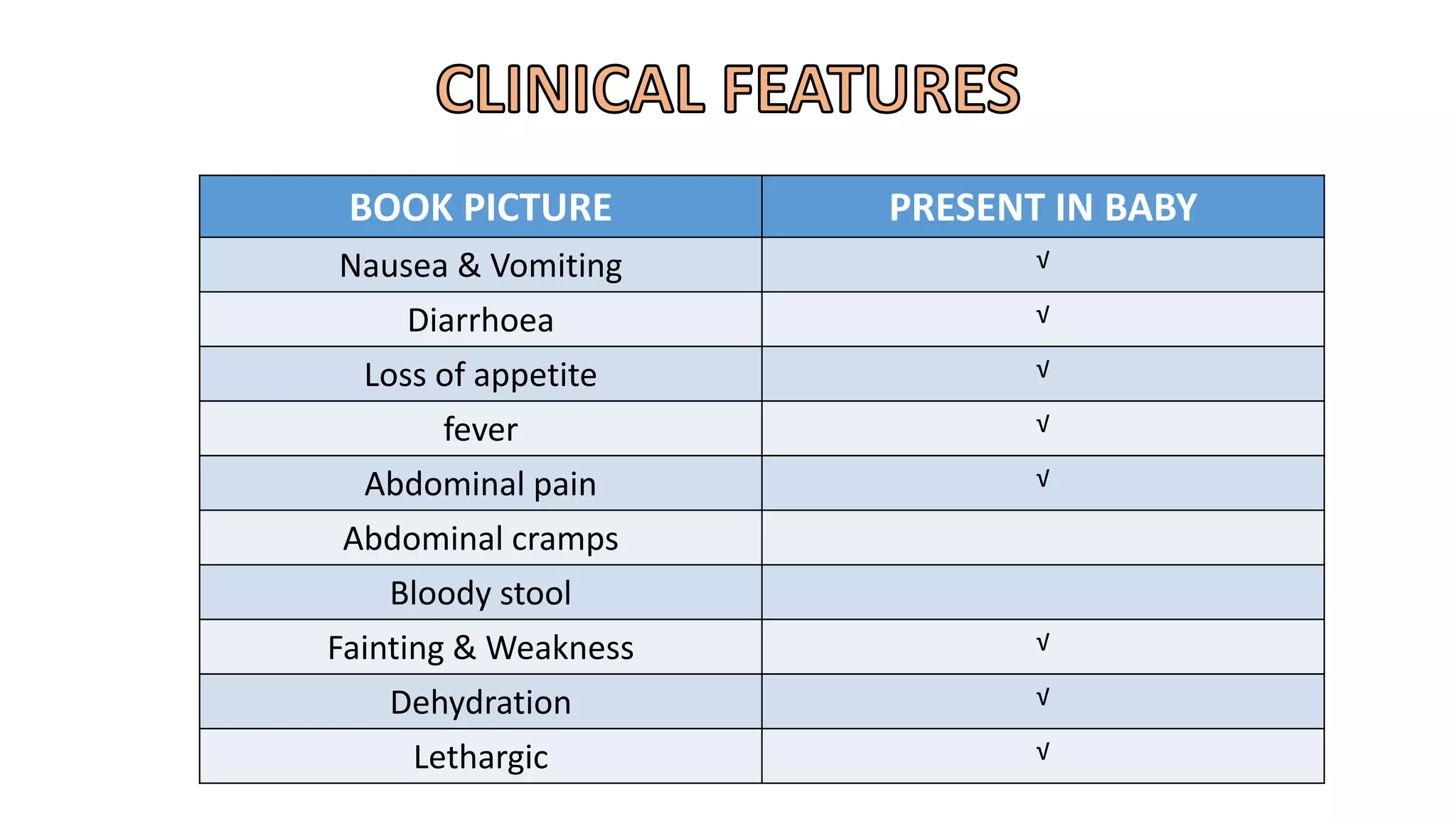






































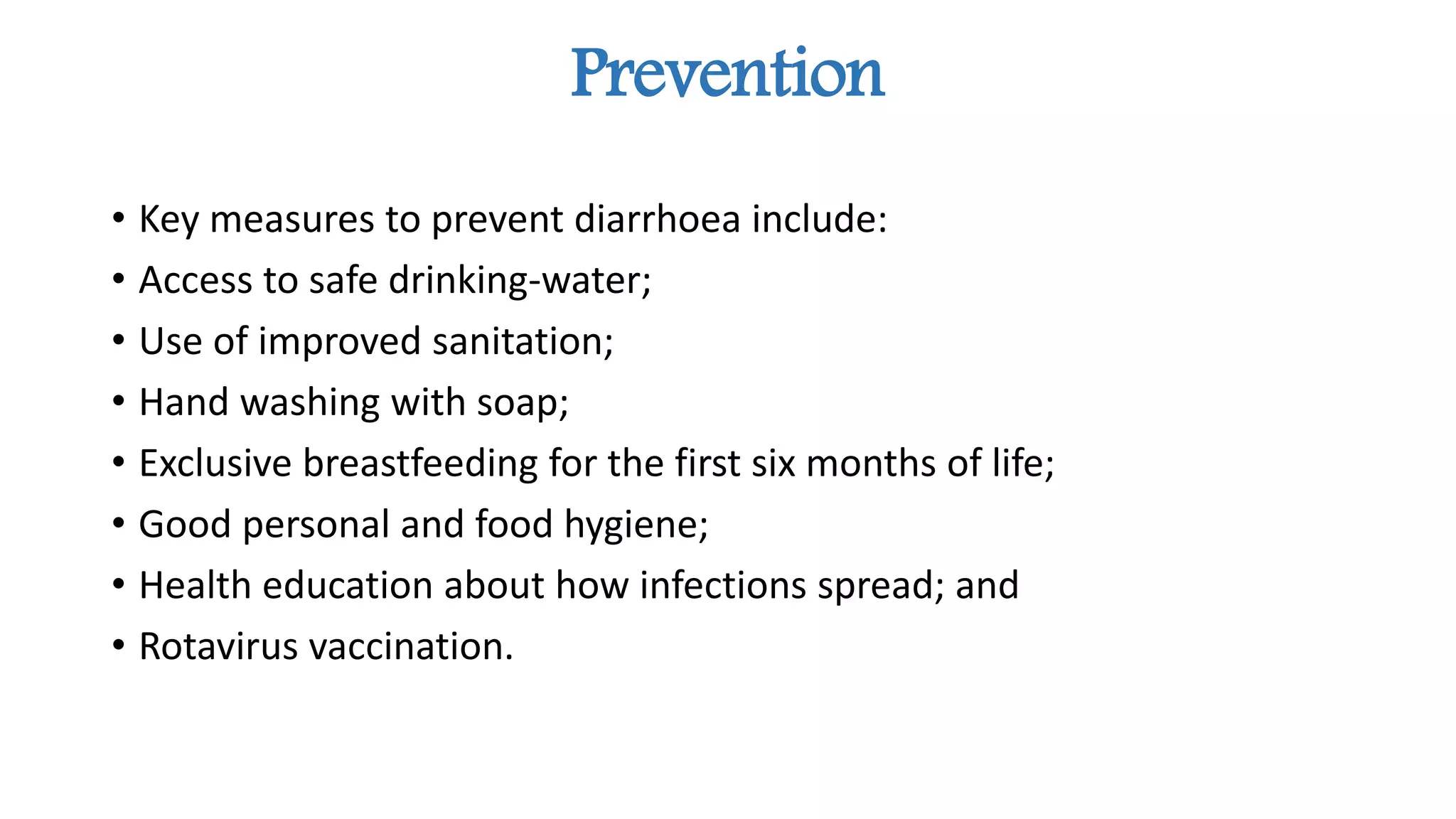



![The most prevalent E. coli type was Enterotoxigenic Escherichia
Coli (20.8%) followed by Enteropathogenic Escherichia
Coli (16.7%), Enterohemorrhagic Escheria Coli (4.1%), and Shiga Toxin
producing EC (2.1%). The most prevalent serotypes of ETEC were O27,
O23, and O169. Among EPEC most prevalent serotypes were O90, O26.
The most prevalent EHEC strain found in this study was
O71. Rotavirus was detected in 35% of patients. Most
prevalent Rotavirus geno type was G9P[4] (28.6%) followed by G2P[4]
(21.4%), G1P[8] (21.4%), G12P[6] (14.3%), G9P[8] (7.1%). Parasitic
etiology was detected in 5% of cases. infection of E.
coli and Rotavirus was detected in 23% of children. Rotavirus was most
commonly associated with EPEC (25.7%) followed by ETEC (17.1%).
This study concluded as E. coli was the commonest microorganism
followed by Rotavirus. Thus, the importance of safe water and food
hygiene would be most important intervention to prevent acute
gastroenteritis in children along with Rotavirus vaccine.](https://image.slidesharecdn.com/casepresentation-200323053753/75/Acute-Gastroenteritis-with-dehydration-70-2048.jpg)
